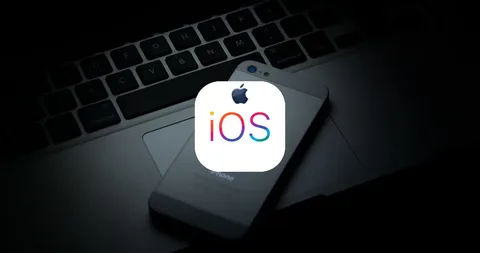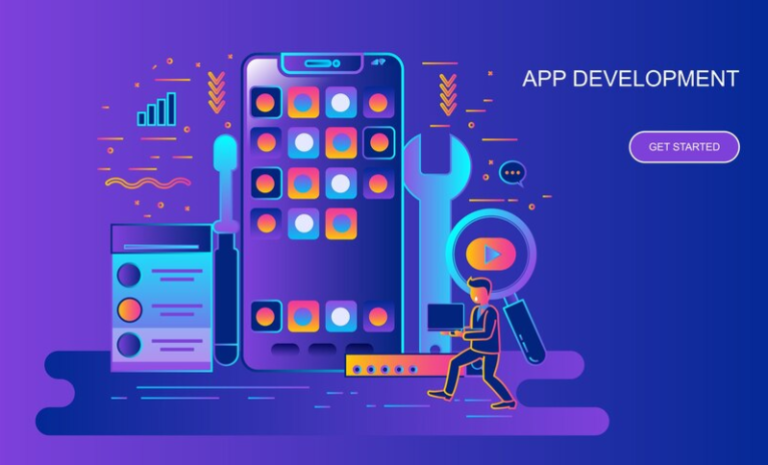The modern university faces a multitude of challenges, from managing large student populations and faculty workloads to ensuring seamless administrative processes. Traditional systems, often siloed and paper-based, struggle to keep pace with the evolving demands of higher education. This is where Enterprise Resource Planning (ERP) systems come into play, offering a comprehensive solution that integrates all university operations into a unified digital platform. From the moment a student enrolls to the day they graduate, ERP systems are transforming how universities function — streamlining processes, improving efficiency, and enhancing the student experience.
What is ERP for University Automation?
Enterprise Resource Planning (ERP) is a software framework that centralizes a university’s administrative and academic functions into one system. An ERP system for universities automates processes across departments like admissions, academic scheduling, student registration, grading, finance, and alumni relations. With a fully integrated ERP system, universities can create a seamless flow of information across all levels of the institution, ensuring that data is consistent, accurate, and easily accessible.
ERP for university automation spans the entire student lifecycle, enabling higher education institutions to manage everything from enrollment and curriculum planning to graduation and alumni tracking. By doing so, it helps institutions run more efficiently, save time, reduce operational costs, and offer an improved experience for both students and staff.
Key Features of University ERP Systems
- Student Enrollment & Admissions
The journey to higher education begins with the admission process, and ERP systems can make this process far more efficient. Universities can automate online application submissions, manage application reviews, and even process fees through a centralized platform. ERP systems allow administrators to track student application statuses in real time, ensuring that no paperwork gets lost and that students are notified promptly about their acceptance or rejection.
Moreover, ERP systems can manage various types of student admissions, including undergraduate, postgraduate, international, and distance learning, providing a tailored approach to meet the diverse needs of students.
- Academic Management and Scheduling
Once enrolled, students need to register for courses, track their academic progress, and plan their study schedules. ERP systems allow universities to automate academic scheduling, enabling students to select courses based on their academic programs and preferences. Faculty members can create and manage class schedules, assignments, and assessments, all within the ERP platform.
For students, ERP systems provide access to real-time information on course availability, prerequisites, and deadlines. This simplifies the course registration process, reduces administrative workload, and helps ensure that students can plan their semesters efficiently.
- Student Records and Academic Tracking
ERP systems centralize all student data, including personal information, academic records, grades, and attendance. This makes it easy for both students and academic staff to track academic progress throughout the course of study. Faculty members can access up-to-date student profiles to monitor performance, identify at-risk students, and intervene when necessary.
For students, having all academic records in one place ensures that they can view their grades, course completion status, and academic history at any time. This transparency encourages students to take ownership of their academic progress and allows them to make informed decisions regarding their education.
- Examination and Grading Systems
Managing exams, assignments, and grading is one of the most complex and time-consuming tasks for university administrators. With an ERP system, universities can automate exam scheduling, conduct online assessments, and streamline grading. This system can also integrate with the Onscreen Evaluation system, allowing for faster grading, instant feedback, and secure storage of exam results.
Faculty members can easily assign grades, review student work, and communicate directly with students regarding their performance, all within the ERP platform. The automated grading system also ensures consistency and transparency, eliminating human errors and reducing grading time.
- Financial Management and Fee Processing
Managing student finances is a critical part of university operations. ERP systems automate fee collection, invoice generation, and payment processing, simplifying the financial side of university life for both students and administration. Students can pay fees online, view their payment history, and receive receipts electronically, all through the ERP platform.
Additionally, ERP systems offer financial reporting tools that help universities track tuition revenue, manage scholarships, grants, and financial aid programs, and generate real-time financial reports for better decision-making.
- Student Support and Communication
ERP systems also play a vital role in improving communication between students, faculty, and administration. With an integrated system, universities can communicate important announcements, deadlines, and events to students and staff through notifications, emails, or text messages. Students can also submit requests, raise queries, and seek academic or personal support, all through the platform, ensuring that their concerns are addressed in a timely manner. - Alumni Relations and Career Services
An often overlooked aspect of university management is alumni engagement. ERP systems can track alumni information, helping universities maintain strong relationships with graduates long after they leave. The system can store alumni records, track career progress, and even offer career services to students and graduates.
Career services teams can use the ERP platform to post job opportunities, track student internships, and offer counseling sessions. Alumni can also access their academic records, request transcripts, and stay connected with their alma mater through dedicated alumni portals.
Benefits of ERP for University Automation
- Improved Efficiency and Reduced Manual Work
By automating repetitive tasks, universities can save considerable time and resources. Administrative staff no longer need to manually enter data or chase down paperwork, and faculty can focus more on teaching and student interaction rather than administrative duties. This leads to a more streamlined operation overall. - Real-Time Data Access and Decision Making
An ERP system provides real-time access to data, which is crucial for decision-making. University administrators and academic departments can generate reports on student performance, financial status, course enrollment, and more at the click of a button. This empowers them to make informed decisions quickly, whether it’s adjusting course offerings, planning budgets, or assessing student retention strategies. - Enhanced Student Experience
Students benefit from a smoother, more transparent university experience. With access to online portals for course registration, grade tracking, fee payments, and communications with faculty, they can manage their academic life without unnecessary delays. The ability to access services remotely — especially through mobile-friendly interfaces — makes the entire process more convenient and accessible. - Data Security and Compliance
University data, including student records and financial information, are highly sensitive and need to be securely stored. ERP systems ensure that all data is protected with encryption and complies with local and international data privacy regulations. This helps universities maintain a high standard of data security, protecting both students and staff. - Scalability and Customization
As universities grow, their needs evolve. ERP systems can be customized to fit the specific requirements of any institution, whether it’s a small college or a large university with multiple campuses. The system is scalable, meaning it can grow alongside the institution without compromising functionality.










